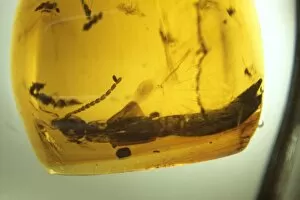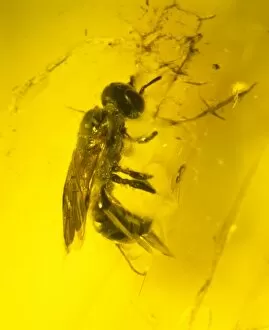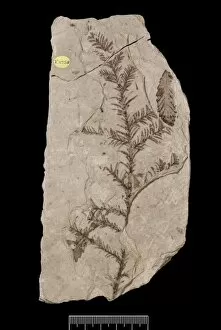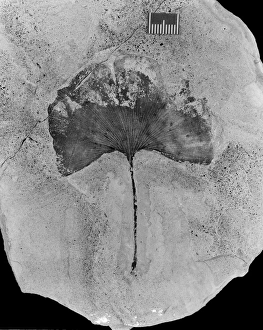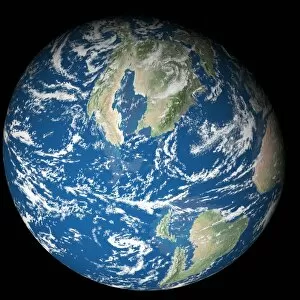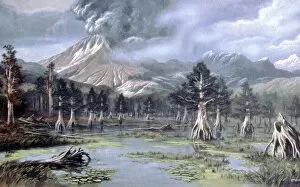Tertiary Period Collection (page 3)
The Tertiary Period, spanning from 66 to 2. 6 million years ago, was a time of remarkable diversity and evolution in the animal kingdom
All Professionally Made to Order for Quick Shipping
The Tertiary Period, spanning from 66 to 2. 6 million years ago, was a time of remarkable diversity and evolution in the animal kingdom. Fossils like Anoplotherium commune and gracile Palaeotherium provide fascinating insights into this era. The discovery of a Uintatherium skull reveals the existence of massive herbivores that once roamed the Earth. Meanwhile, the formidable Andrewsarchus mongoliencis, represented by its impressive skull cast, showcases one of the largest terrestrial carnivores known to have existed during this period. Its sheer size instills awe and curiosity about life millions of years ago. Not limited to land-dwelling creatures, fossils such as Clypeaster altus give us glimpses into ancient marine ecosystems. This fossil echinoid reminds us that life thrived not only on land but also beneath the waves during this transformative epoch. Imaginary landscapes depicting groups of Palaeotheria and Anoplotheria transport us back in time, allowing our imagination to wander through lush environments teeming with diverse species. These engravings offer a window into an era when these magnificent creatures flourished across Europe. Color lithographs showcasing European animals from the Tertiary Period further illustrate just how different our world looked millions of years ago. From towering mammals to peculiar reptiles, these images bring prehistoric scenes vividly to life. Reconstructions of natural environments take us on a journey through time—a visual representation capturing what it might have been like during this ancient age. With vibrant colors and meticulous attention to detail, we can almost feel ourselves stepping foot into an unfamiliar landscape filled with wonders waiting to be discovered. Lastly, casts like Prosqualodon davidi's skull remind us that not all extraordinary creatures were terrestrial; some ruled over vast oceans too. These remnants help piece together an intricate puzzle revealing Earth's rich history before humans walked its surface.


